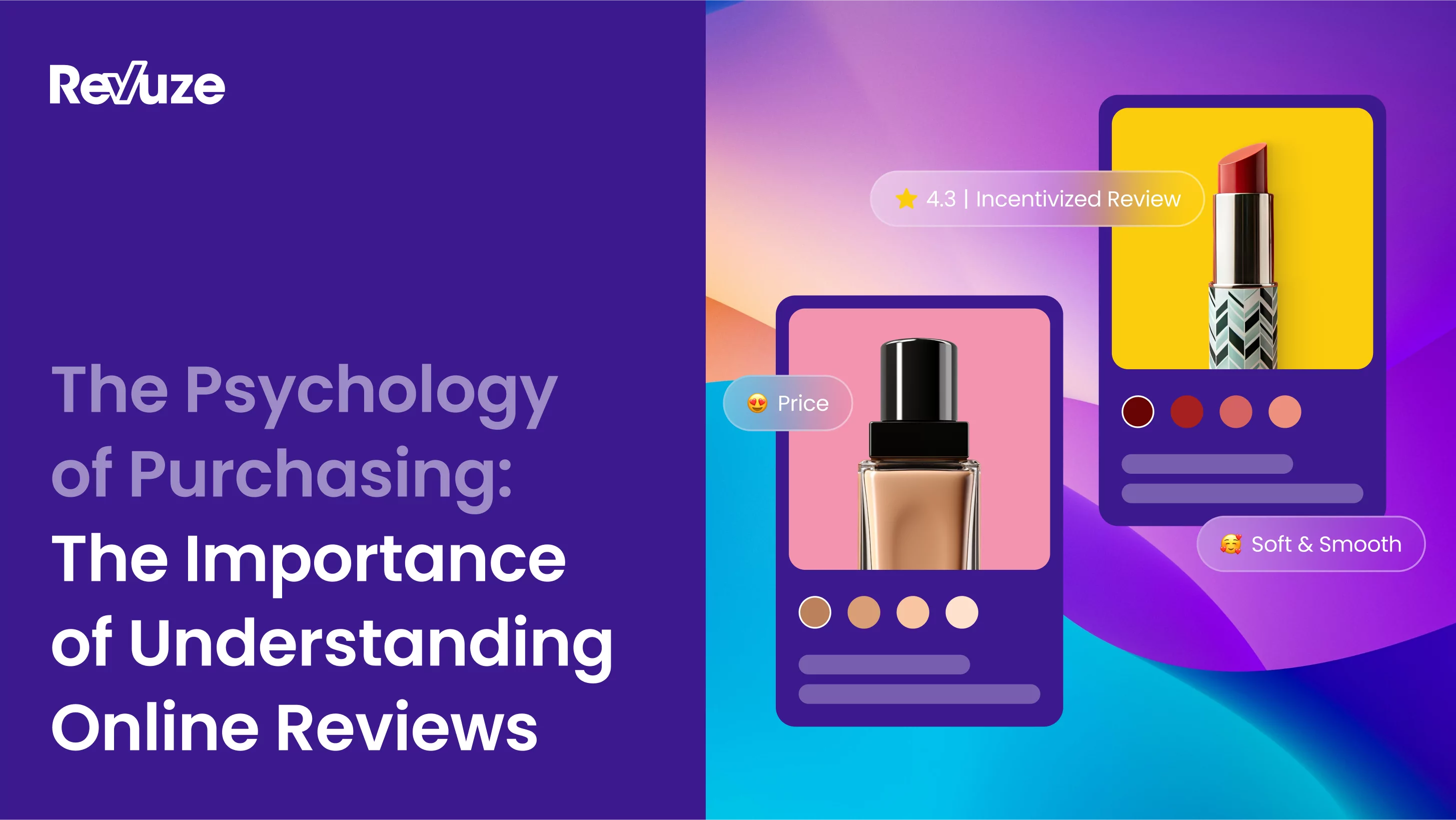
When it comes to social listening, most companies take it seriously, investing in sophisticated SaaS platforms to monitor what people say about their brand. It’s an opportunity to listen to what they are saying and take an active part in the conversation. Beyond that, they measure reactions, comments, and hashtags. Many companies also create their own hashtags around special campaigns like product launches or holidays. The bottom line is that the numbers are sliced and diced, and they are left with sentiment, a number representing if they are beloved or not.
This is great but the question brands should be asking themselves is–”Is it enough?”
In the post-COVID world where consumers have increased online purchases, there are more and more online reviews. If your site isn’t capturing reviews, your brand is in danger of being left behind.
Credibility & Trust
According to the Harvard Business Review, “Ninety-eight-percent of customers read reviews before they shop, making it one of the most important sources of information about products and services; for 2021, online reviews were predicted to affect $3.8 trillion in revenue worldwide”. The post-purchase feedback from current consumers helps close the deal with new ones.
One key reason is that online reviews create a feeling of credibility and trust: “74% of consumers say that reviews increase trust in a company.” It’s
It’s more than that. As per Science Direct, consumer reviews has been dubbed as electronic word of mouth (eWOM) and is the third most trusted source by consumers according to Nielsen.
Consumer reviews are a medium of authenticity because the people leaving these reviews have actually used the product in the real world. For example, the opinion of someone who shares his/her experience about running shoes during a marathon is different from someone who shares opinions in a controlled setting. The review will likely cover an array of topics, such as comfort and size. There is no substitute for true life experience. Similarly, if we look at cosmetics products, consider what a consumer can share about their experience. If it’s eye shadow, they may touch on their opinion regarding color, shine, longevity, and spreadability.
The need to know the detailed truth from other consumers highlights how reviews are more valuable than ratings. Although ratings represent some kind of quantitative score, shoppers are looking for something more in depth. In a 2021 report, Podium found that: “68% of consumers agree, or somewhat agree, that they don’t trust a high review rating unless there is a high quantity of reviews.”
Potential buyers need these authentic experiences for themselves. The opinions can make or break their next purchase.
Trust and reviews are so critical that it spurred the FTC to pass new regulations around fake reviews. Many online retailers like Amazon are proactively trying to fight fake reviews to ensure trustworthiness in ecommerce.
Reviews and Conversions
By integrating reviews into online retail sites, brands are prioritizing a consumer-centric approach. Considering the amount of revenue on the line, it’s amazing that there are many brands that aren’t yet incorporating consumer reviews into their online strategy. The catalog page below from Banana Republic, a leading apparel retailer, doesn’t highlight the star rating on the landing page.
Instead of the product reviews being a selling point for the product, you have to click on the “Reviews” tab, the last one on the menu on the product page.
Consider the difference when shopping on Naturalizer, a popular footwear retailer’s site. The star rating is front and center on the product results page, enticing others to explore more about the individual products.
No doubt you have invested significantly in your website from visuals to messaging. You probably thought of every detail to ensure that consumers convert and conversions are optimized. However, if you’re not integrating and highlighting online reviews, it may be impacting your bottom line.
How Brands Can Benefit from Consumer Reviews
For the most part, we focused on how online reviews can help convert consumer purchases. The numbers show that hands down, it’s a revenue booster. Another added advantage is the ability to access the consumer hive mind to understand the sentiment for products and why.
We mentioned before that star ratings represent a quantitative score expressing the degree that consumers love or hate your product. Likewise, the reviews serve in providing qualitative data to help enterprises understand the “Why” behind the numbers. Why did one product score two stars while another five stars? What is driving consumers to have that sentiment? Only by digging deeper into the reviews can brands truly understand what’s important to consumers. Was the product defective or should minor improvements be made? Do consumers like the packaging or dislike the texture? Consumer sentiment from online reviews can help shape and transform innovation.
Consumer reviews and the Data Challenge
In the prior section, we showcased how sentiment analysis from online reviews can help propel innovation. However, there are other potential benefits that become available with access to all the reviews in a category. Think about it–the ability to access the reviews from the entire vertical changes the rules of the game.
Enterprises would be able to access insights about their own products plus their competitors. Even better, they’d be able to identify the competitors that weren’t even on their radar. Pinpoint new product audiences and create campaigns. Survey the landscape of a vertical to penetrate new markets. There would be implications for product and innovation as well as marketing. The possibilities are endless!
This is no pipe dream and is actually possible using third-party platforms. This is paramount because of the amount of data out there. One iteration of an individual product can have hundreds of reviews on an e-commerce site like Amazon. For instance, the iPhone 15 comes in two screen sizes, five colors, and has three storage sizes. Now think about the number of consumers who left feedback for ALL the products in a vertical being sold on one ecommerce channel. For a broader perspective of the market, it’s helpful to get review data from additional ecommerce channels.
Consumer sentiment from Amazon along with sites like Best Buy and Walmart can provide a completely different view of what’s going on in the marketplace. Collecting data from multiple sources also can help brands allocate budget resources to the various channels by delving into consumer sentiment by source.
Conclusion
While social listening and sentiment analysis offer valuable insights into brand perception, the power of consumer reviews in the digital age cannot be overstated. They are a critical tool for building trust, credibility, and ultimately driving conversions. In a world where online shopping has become the norm, and the competition for consumer attention is fierce, leveraging consumer reviews is more than just a strategic advantage—it’s a necessity.
The integration of genuine consumer feedback into online strategies not only enhances the shopping experience but also provides brands with a wealth of qualitative data that can inform product development, marketing strategies, and competitive positioning.
 All
Articles
All
Articles Email
Analytics
Email
Analytics




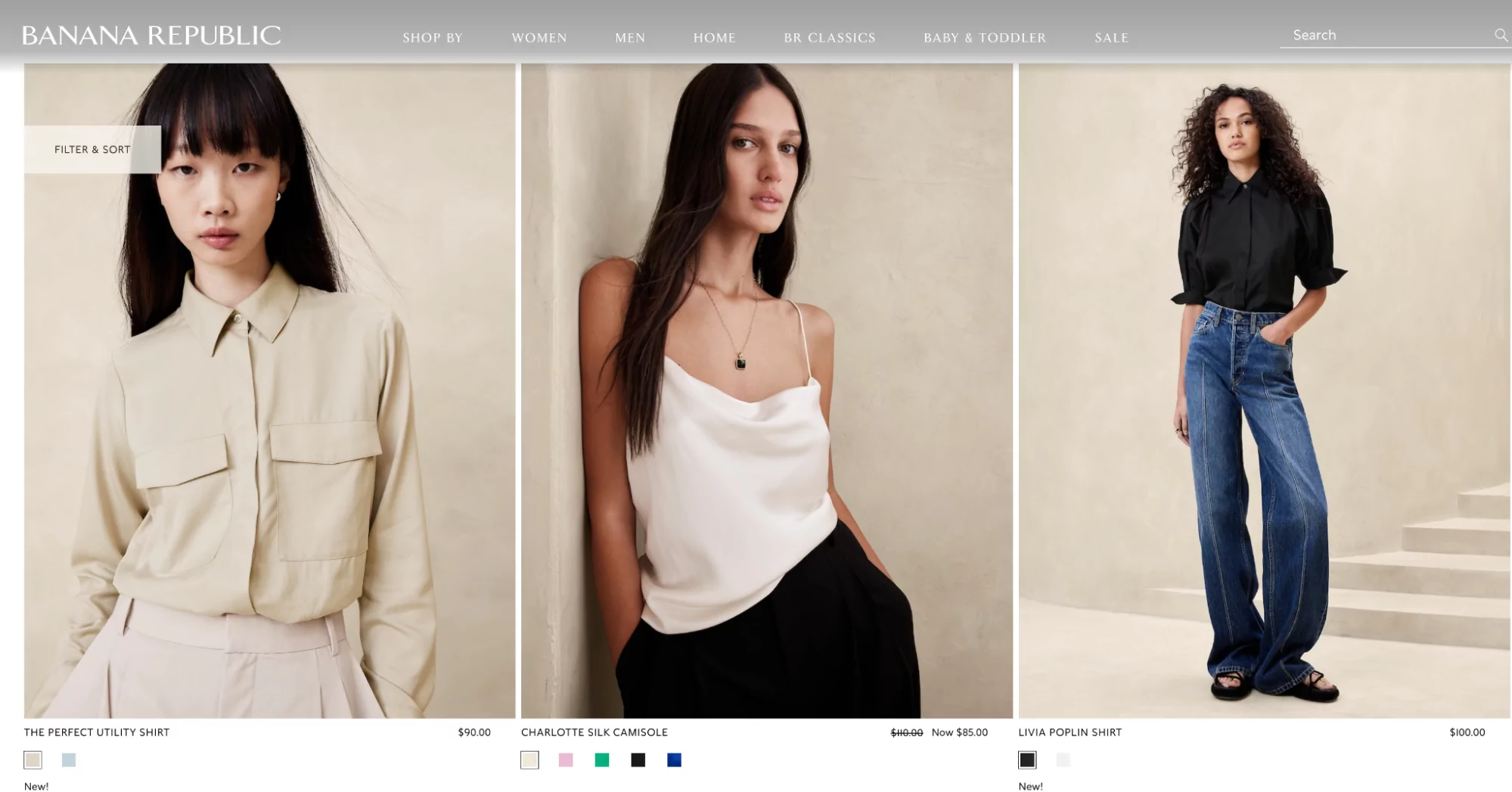
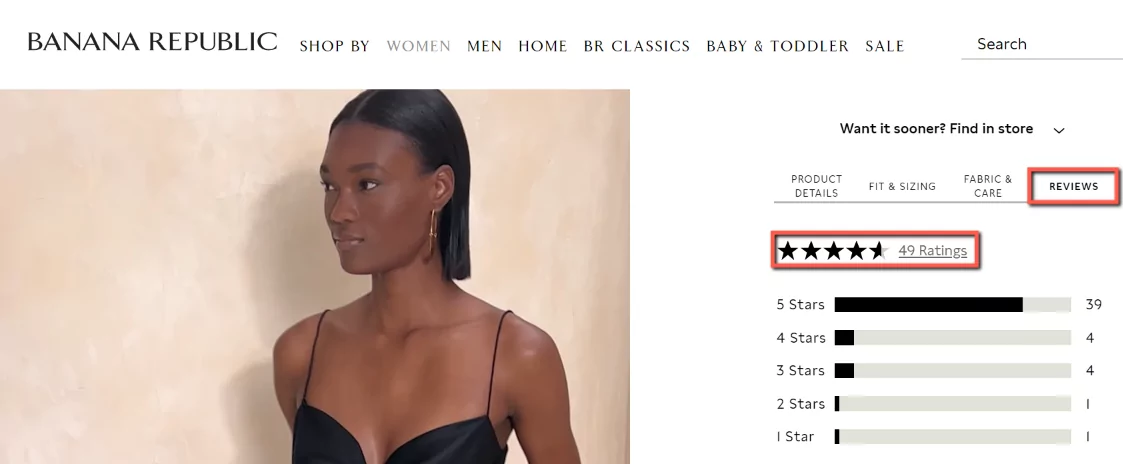
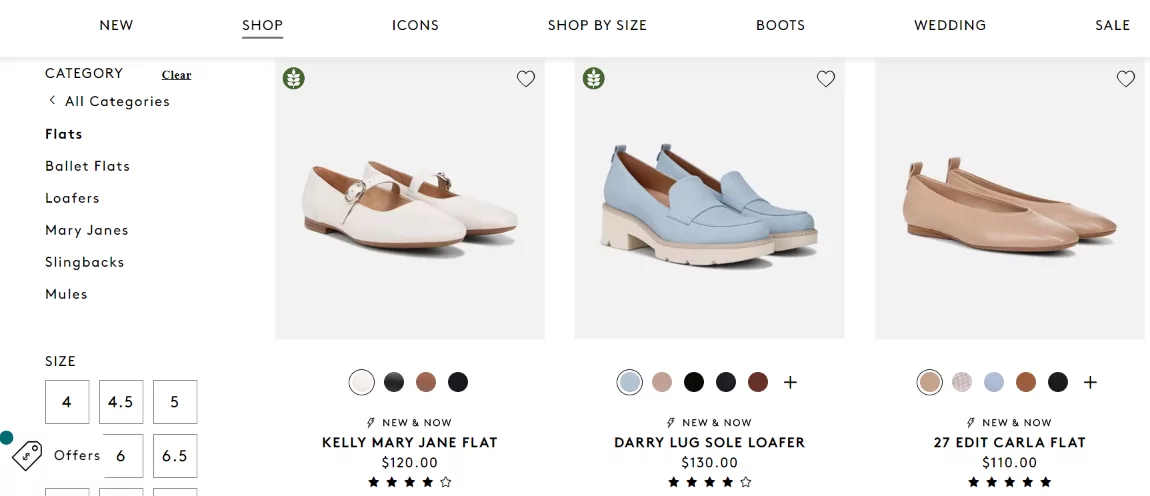

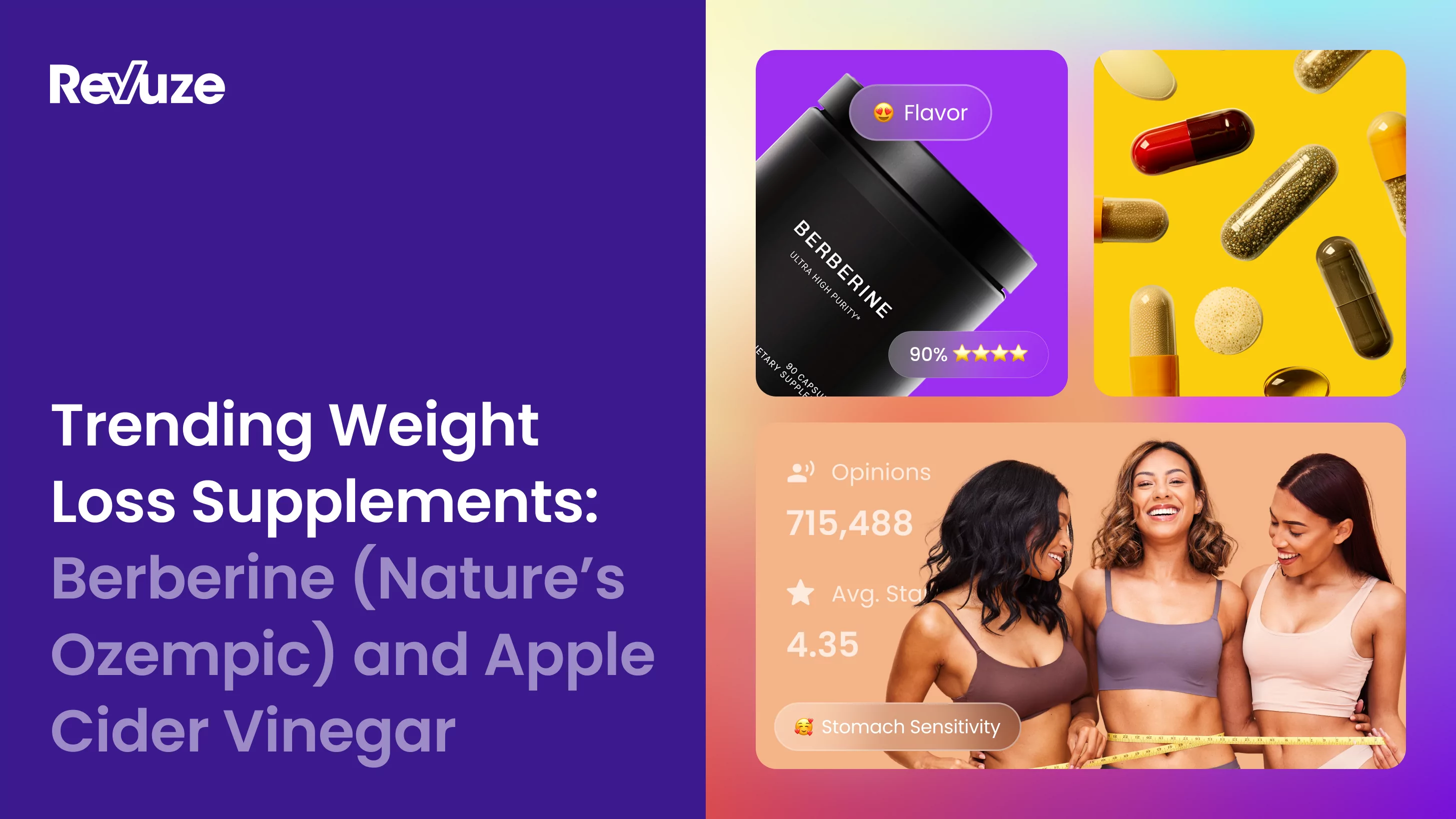
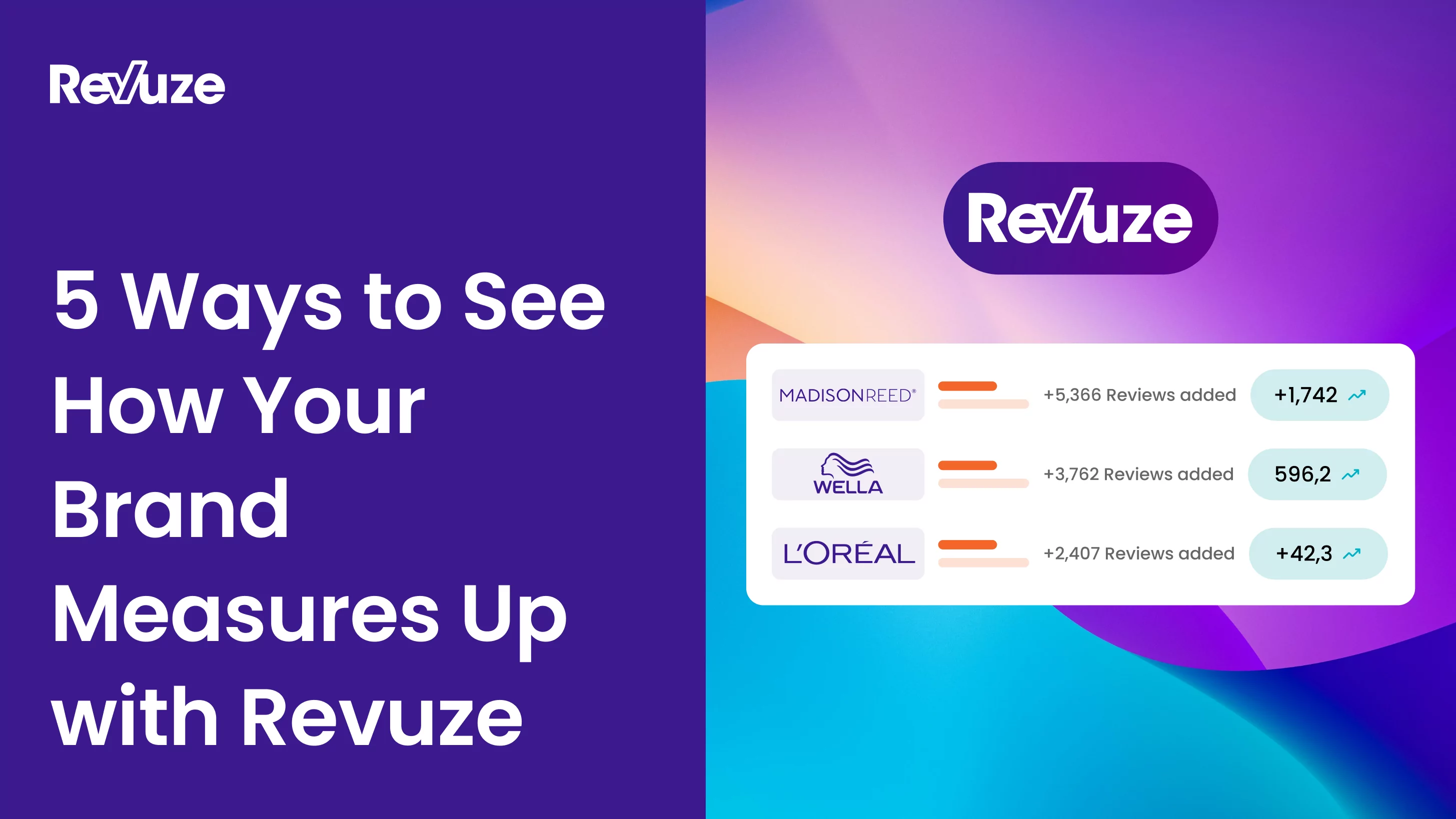
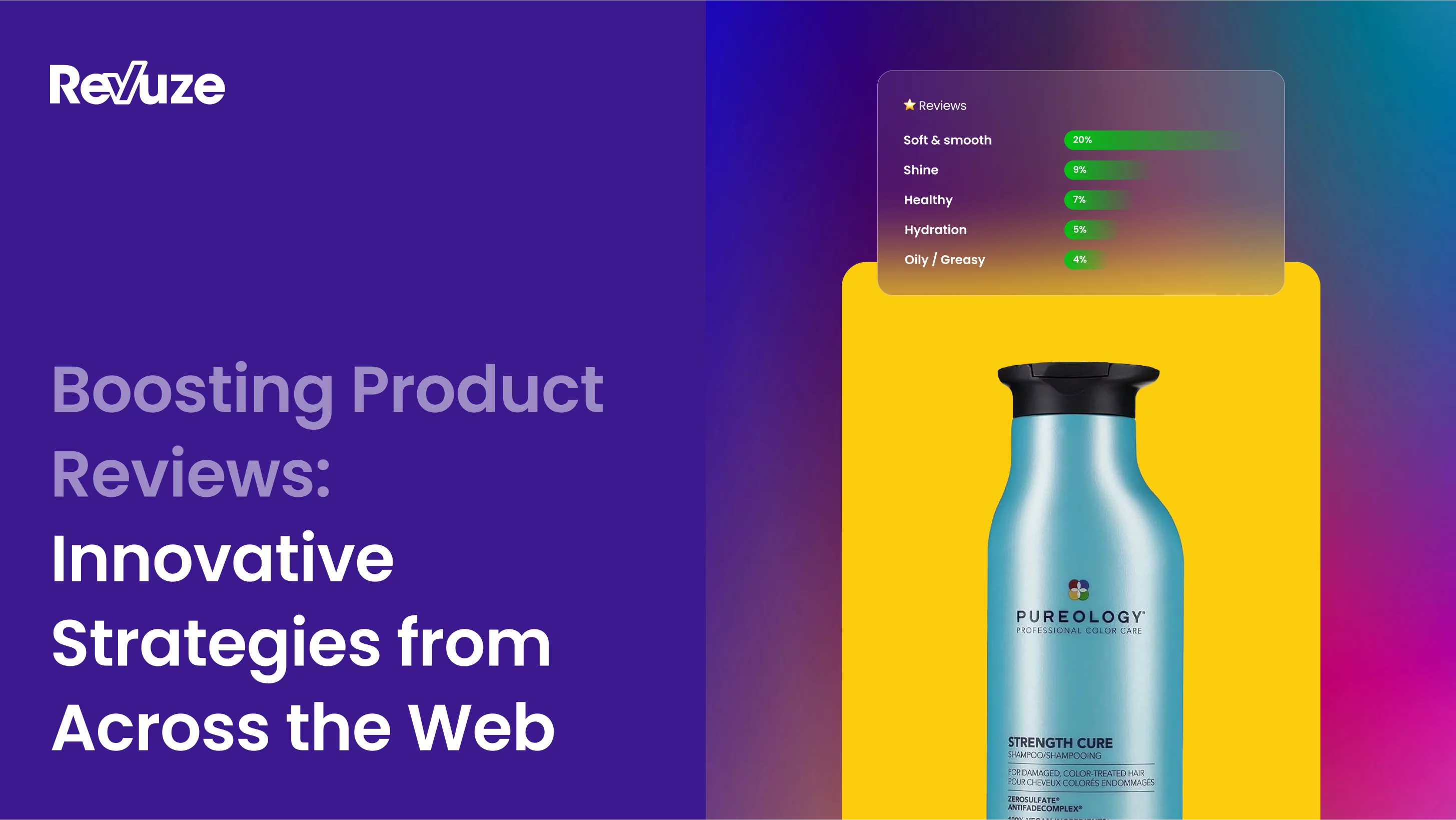
 Agencies
Insights
Agencies
Insights